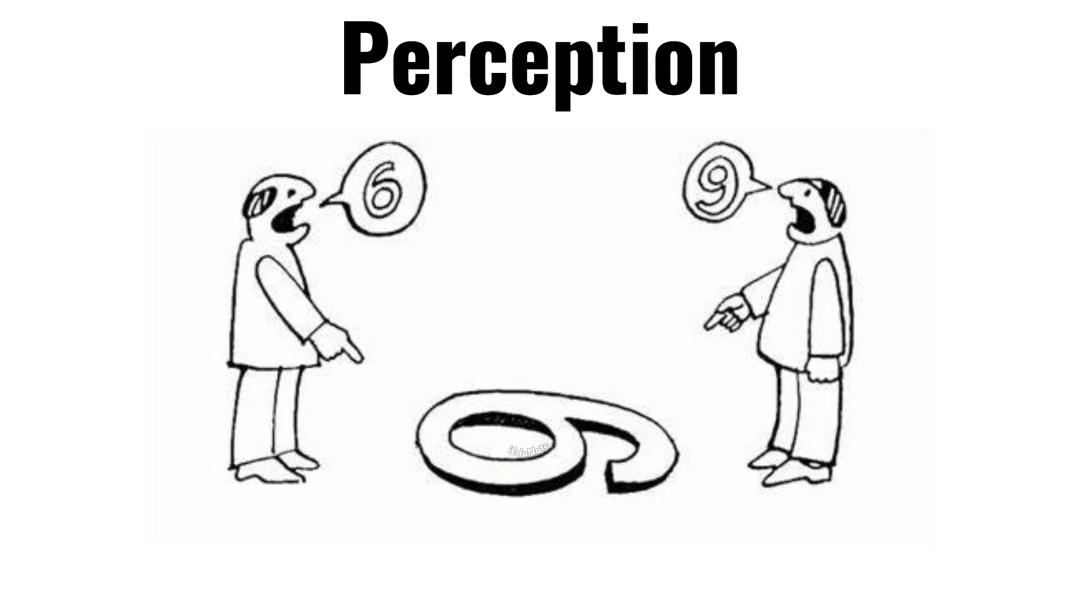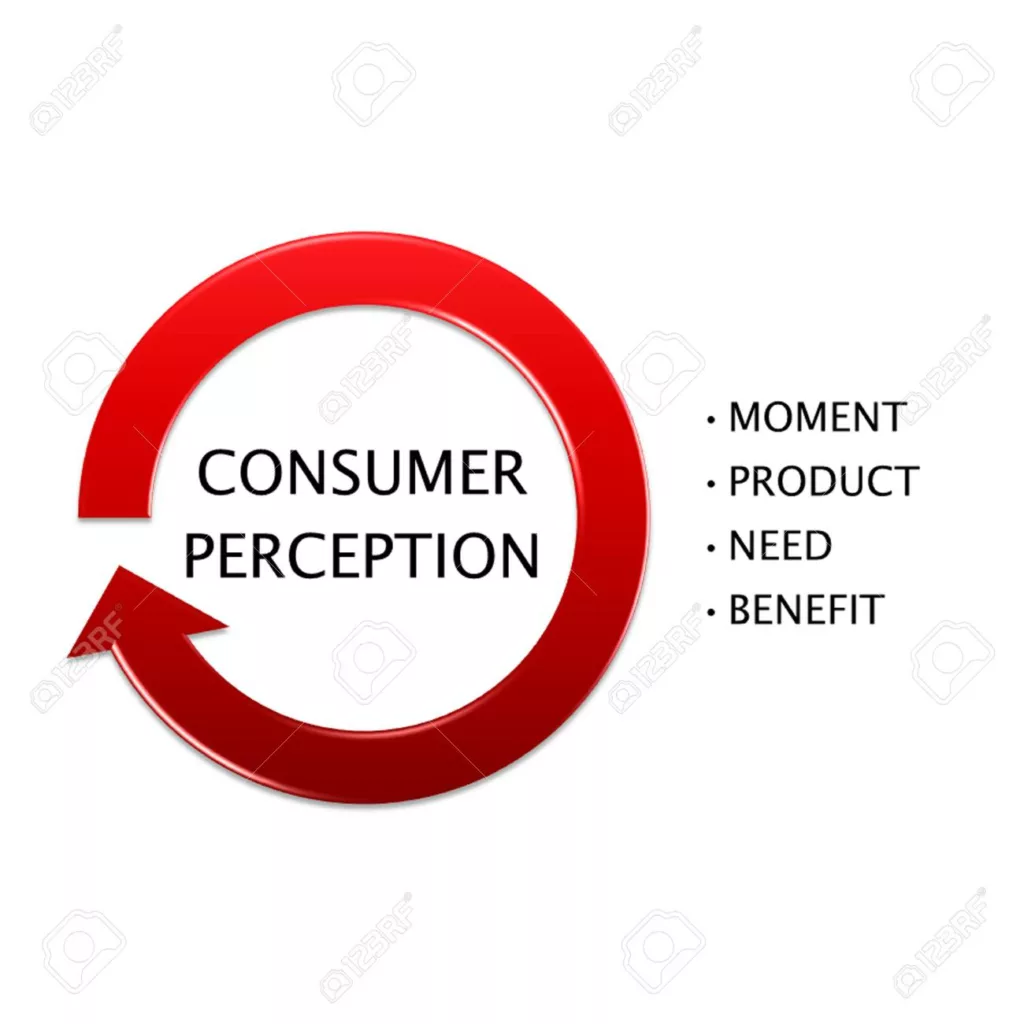NEED TO STUDY PERCEPTION IN CONSUMER BEHAVIOR
Perception is a process of receiving, selecting, and interpreting environmental stimuli involving the five senses. Through perception, we define the world around us and create meaning from our environment. For example, consumers eat ice cream, and it feels cold and tastes sweet. People look upward, see blue, and know that they are viewing the sky. But, how cold or sweet or blue is different for every individual because each person’s perceptual process is unique. There are no two people who perceive the world in the same way is a challenging concept because it’s difficult for people to step outside their own physical senses, i.e., to see things as others see them.

Why people buy certain products? It’s all about perception. Perception is how consumers understand the world around them based on information received through their senses. In response to the stimuli, consumers subconsciously evaluate their needs, values, and expectations, and then they use that evaluation to select, organize, and interpret the stimuli.
This process of receiving and interpreting information is an internal one. Consumers make decisions based on what they perceive instead of on the basis of objective reality, so accounting for consumers’ perceptions of your business and product or service is a crucial part of devising your marketing strategy. Even though you can’t force a perception on a consumer, one has to work hard to understand it. For this one should determine the factors that influence it and find out how that perception is processed.

MEANING OF CONSUMER PERCEPTION
A common mistake that businesses make is in assuming that perception is built on the features and benefits of their product or service. The truth is that perception is built on the value that the consumer believes the product or service carries. You must create value for your consumers to shape and cultivate their perceptions. You create value by focusing on what your consumers believe is essential.

- Consumer perception depends on
- The stimuli to which consumers are exposed
- How that stimuli is presented to the consumer
- The quality of products and services that you offer Customer service and the support that you provide
- The deliverability of what you promise
DEFINITIONS OF CONSUMER PERCEPTION
ACCORDING TO DAVIS KEITH
“Perception is a process of receiving, selection, organization, interpreting, checking and reacting to sensory stimuli or data so as to form a meaningful and coherent picture of the world.”
ACCORDING TO SP ROBBIN
“Perception includes all those processes by which an individual receives, information about his environment seeing, hearing, feeling, tasting and smelling.” Joseph Reitz “Perception may be defined as a process by which individuals organize and interpret their sensory impressions in order to give meaning to their environment.”
NEED TO STUDY PERCEPTION IN CONSUMER BEHAVIOR

- To better understand how people make attributions about events.
- We don’t see reality. We interpret what we see and call it reality.
- The attribution process guides our behaviour, regardless of the truth of the attribution.
- Consumer perception describes how customers and potential customers view a company and its products and services.
- Consumer perception is important to businesses since it can influence consumer behavior, which ultimately affects the profitability of a business.
- Many businesses spend large amounts of resources to influence consumer perceptions.
- Consumer perceptions about the product, its quality, shop services etc. can determine the success or failure of a business.
- Marketing describes how a company chooses what types of products and services to offer and how it distributes, prices and promotes those products and services.
- Businesses create advertisements to make consumers aware of their products and services and influence how consumers perceive those products and services.
- A trademark is a name, phrase, symbol or combination of words and symbols that a company uses to distinguish its identity or brand or Its products from others. Businesses spend large amounts of resources to build up brand name recognition and to get consumers to associate certain positive qualities with their brands. Consumers may be more trusting of more recognizable brands, which can influence buying behavior.
- Businesses often conduct market research to gain insight into consumer perceptions and preferences. Understanding how and why consumers make the choices they do are integral to providing products and services that will be in demand and promoting those products and services effectively.

